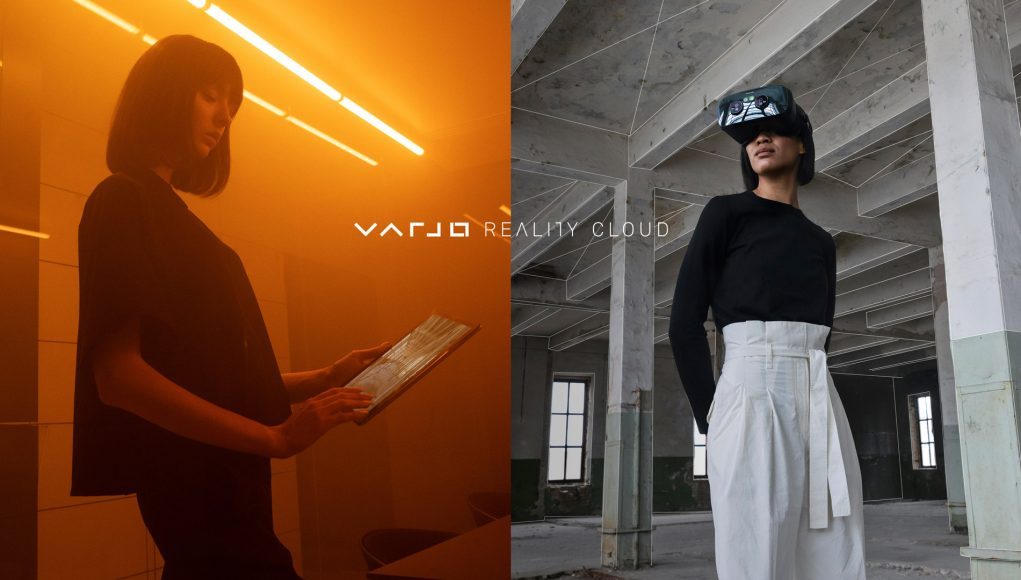Cool, but Revolutionary?

Varjo seems really excited about the Varjo Reality Cloud. Earlier this week the company’s Chief Product Officer teased that it is “probably the biggest announcement ever by Varjo.” But I’m not sure I get the hype. It’s not that the fidelity isn’t great in the proof of concept—I trust the company when they say it will get better—it’s just that I don’t see the major advantage of having virtual meetings in scanned environments, unless the environment itself is specifically of interest. Although you can see the host’s environment, it isn’t like you can interact with it. Beyond a ‘wow this is cool’ factor, I’m not yet convinced of the value.
When I asked Varjo’s executives about this, they brought up a theoretical example where a session could be held near a conveyor belt on a factory floor which has some sort of issue that needs to be diagnosed by remote technicians. Ostensibly you could have someone on the ground at the factory scan the area, then throw on their XR-3 headset so that others joining the meeting could get a look at the conveyor belt issue. But the idea that you’d bring a high-end PC down to the factory floor and hook up your tethered headset in order to facilitate the meeting seems… clunky in practice compared to simply sharing a livestreamed video from a smartphone.
The company also thinks its Varjo Reality Cloud could have even further reaching implications down the line. Not just for high-end enterprise applications, as Varjo serves now, but also in day to day life.
“We believe that Varjo’s vision for the metaverse will elevate humanity during the next decade more than any other technology in the world,” said Timo Toikkanen, CEO of Varjo. “What we’re building with our vision for the Varjo Reality Cloud will release our physical reality from the laws of physics. The programmable world that once existed only behind our screens can now merge with our surrounding reality—forever changing the choreography of everyday life.”
A decade is surely a long time for Varjo to change my mind, but again, I’m just not quite seeing the paradigm-shifting value that the company does, even in a theoretical future where this tech is available to consumers. Like, it would be great to invite a friend to my virtual home—at least so that we’re in a familiar space—but it isn’t like they could join me on my couch or sip wine poured fresh from the bottle. So why not just meet in one of many synthetic virtual spaces that are already available today?







